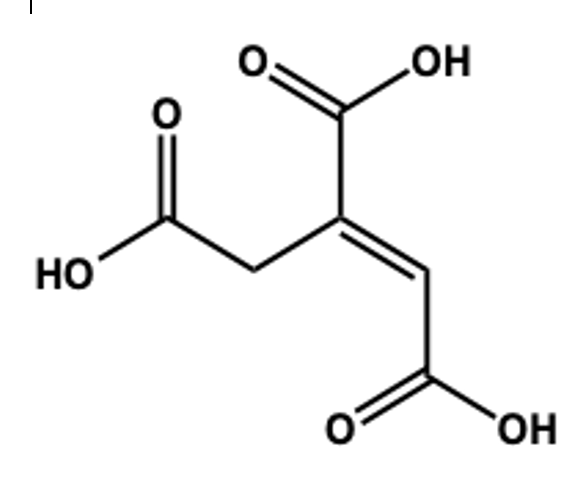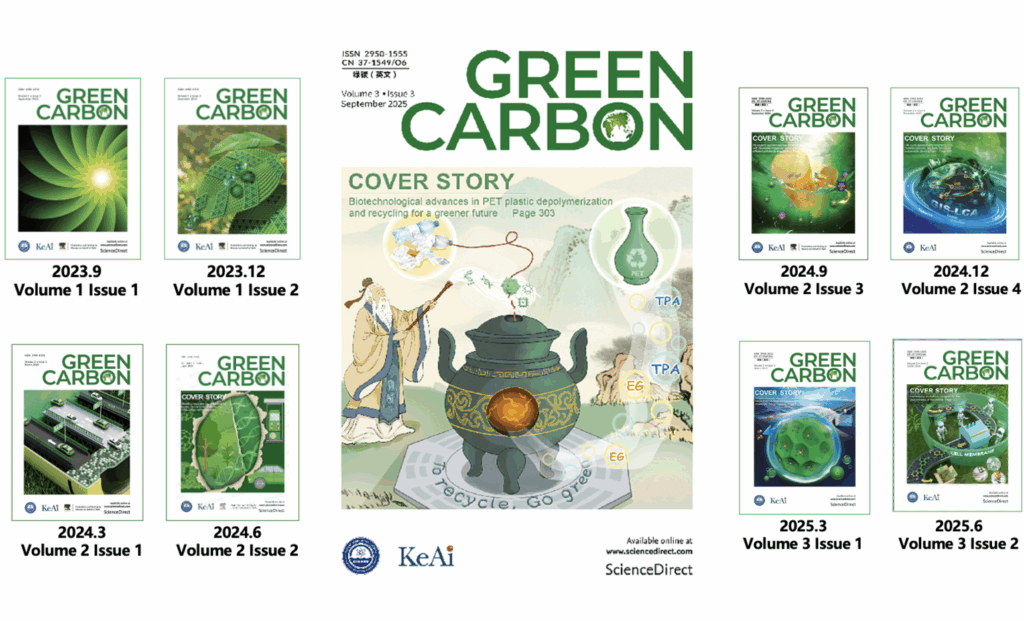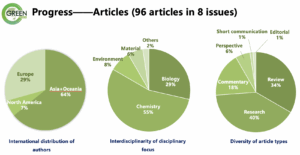https://doi.org/10.1016/j.ymben.2023.06.007
https://doi.org/10.1016/j.greenca.2023.08.001
https://www.guanhai.com.cn/p/39 4312.html
Trans-aconitic acid TAA (CAS RN 4023-65-8) is an unsaturated tricarboxylic acid that occurs in various plants. Although it exhibits broad application potential in agriculture, food, biomaterials, and green chemistry, its practical use remains limited. This is primarily because the traditional production processes of plant extraction (from sugar cane)and chemical synthesis (complex and inefficient) cannot achieve large-scale production at a low cost.
Researchers around LU Xuefeng, director of the Qingdao Institute of Bioenergy and Bioprocess Technology (QIBEBT) under the Chinese Academy of Sciences, have now established a cell factory for the production of TAA based on a genome-edited industrial strain of Aspergillus terreus. Several rounds of metabolic engineering resulted in strains which produced 57 g/L TAA in shake flask cultures. Scale-up to tank fermentations up to 120 kL – in cooperation with Shandong Lukang Pharmaceutical Co., Ltd.– then led to yields of 88 g/L after 100 hours. A simple recovery procedure combining membrane concentration and crystallization provided TAA crystals with a purity of 98.4%. Given its superior nematicidal properties, QIBEBT and Lukang Pharmaceutical are now in the process of registering TAA as a new nematicide biopesticide.
The QIBEBT team has further found that TAA esters (trans-Aconitates) can be used as plasticizers and could replace the ambiguous phthalates widely used in plastic products. Haier Blood Technology Co., a Qingdao-based company, plans to use TAA esters as plasticizers in its PVC-based blood bags and other products.
TAA ester’s wide temperature stability, from -46°C to 120°C, might also find applications in automotive cable materials as they exhibit excellent resistance to high-temperature volatilization and low-temperature brittle cracking.
In summary, biomanufacturing based on smart cells of A. terreus has provided a new material, TAA and TAA esters, which offer exciting application potentials as a biopesticide and a non-toxic bioplasticizer.





